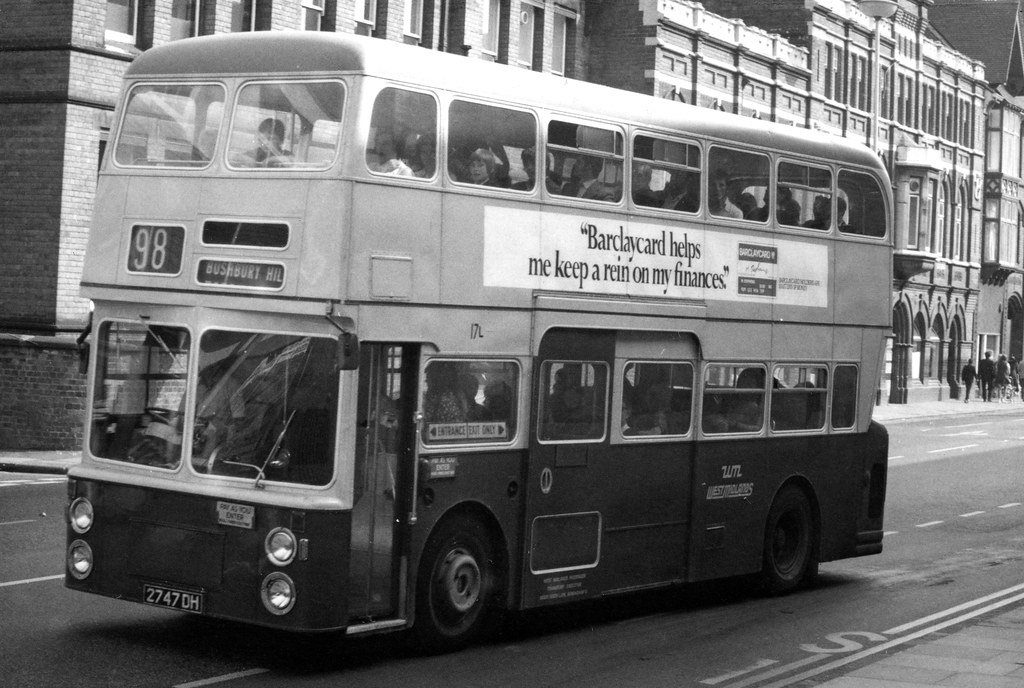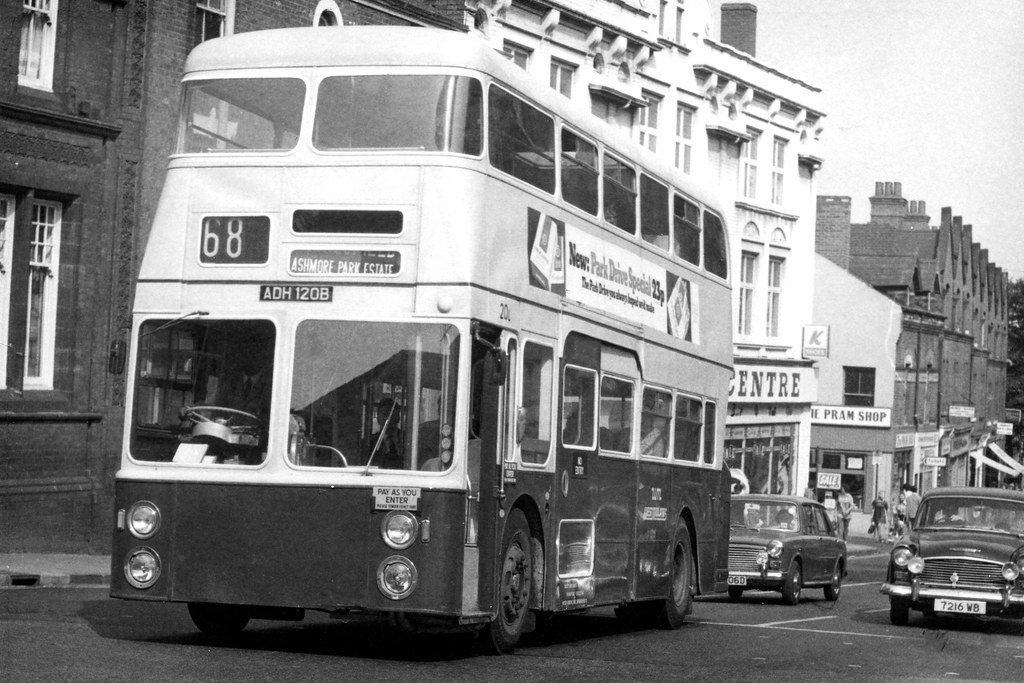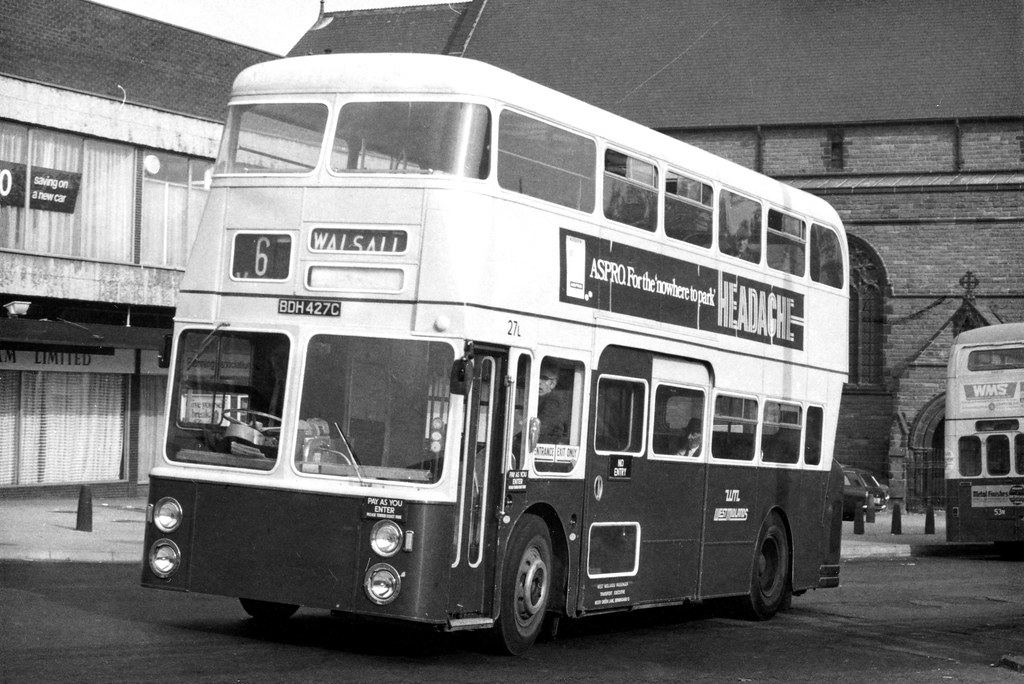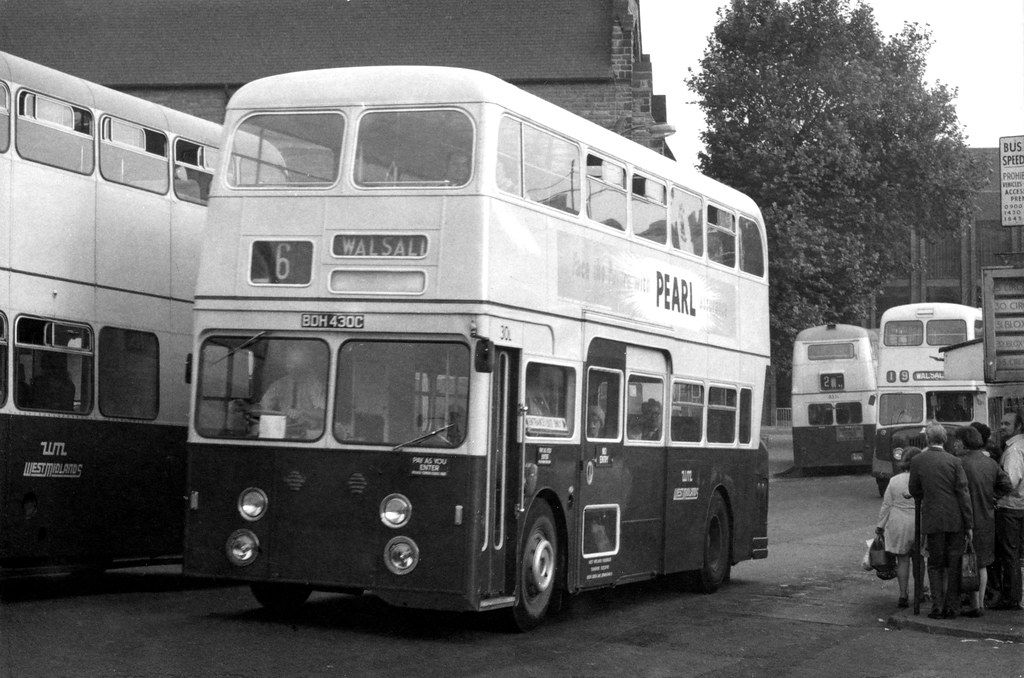overthewater
Established Member
- Joined
- 16 Apr 2012
- Messages
- 8,176
I was looking around Flickr and come across these very weird looking buses. What is the deal with the second/middle doors? did the conductor control them? Why do they slide open?












He sounds like the Oliver Bulleid of the bus world!It wasn't only buses Edgley Cox was interested in. Walsall had a trolleybus system that was still expanding in the 1960s and finally ended in 1970, one of the last to survive. He was planning to have built a new generation of trolleybuses with three doors and two staircases, so a 'New Routemaster' type if you like. A maverick visionary.
There is also one under restoration in the National Express heritage fleet.One such bus survives as part of the collection at Wythall https://www.wythall.org.uk/vehicles/vxdh516g.asp
